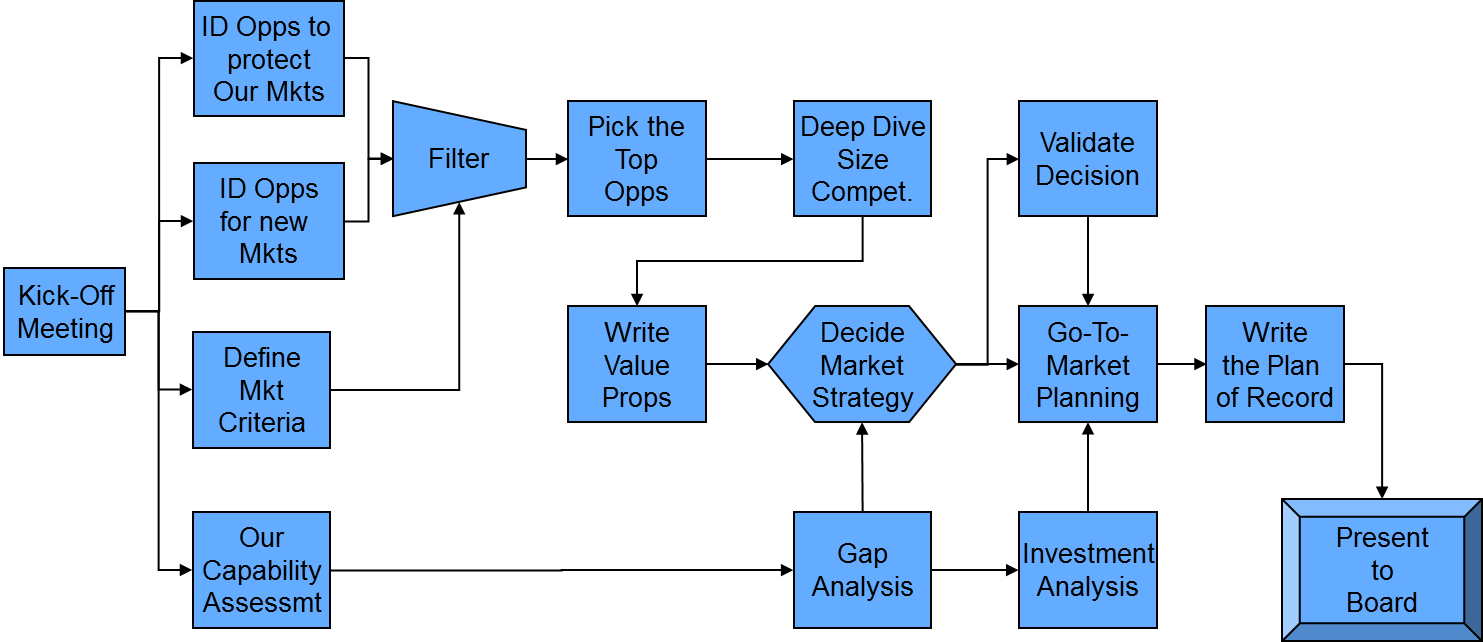In this "Getting to Know" post, we spoke with TrustedPeer Expert Laura Goldzung. Laura is the founder and president of AML Audit Services, and she has more than 30 years of financial industry experience including AML compliance and training, and securities firm operations and management.

- Why did you decide to join TrustedPeer?
The opportunity to join TrustedPeer presented itself through a colleague who is an adviser to the board. I thought it was a very unique opportunity because, as a service provider and consultant in AML, it’s hard to find the time to do develop consulting opportunities and get exposure to potential clients. TrustedPeer presented the prospect for greater exposure and added value to my practice. - What are you most excited about in Anti Money Laundering right now?
There are still many issues facing financial institutions with respect to AML that don’t seem to be going away. There is still quite a bit of challenge in maintaining required compliance. What I’m most excited about is that more and more people are getting into the field, and more of the financial institutions are getting better educated about AML compliance. It’s exciting to work with unique, emerging companies and platforms. It’s always a new day in AML. - How has technology changed AML?
Technology enables AML compliance, but it’s not the only enabler. A hybrid activity between automation, technology, and human skill is required. You can’t replace human skill with technology. You need to have the competencies to leverage what the technology tools and the advances in technology bring to the practice. For example, if you’re a large bank, you likely have many tools you use to monitor transactions and there are different facets to each transaction. There are many smaller companies that don’t use AML systems and instead use manual processes. Technology is exciting and enabling, but it requires human intervention. - Can you tell us about an “aha” moment in your career?
My first aha moment was when a new client called me again for new services. Beyond that, my “aha” moments manifest as more of a sustained stream of learning for me and for my client base. I do a lot of teaching, and there are plenty of moments when something just clicks for those audiences. - Where do you predict the future of AML going?
It’s just going to get bigger and bigger. There’s opportunity for an organic expansion in that there are new industry sectors that will be subject to AML compliance. Some already perform it as a best practice, and there are a couple of new sectors that will be facing a requirement to implement a program. There are also new and emerging products like Bitcoin and emerging issues such as marijuana dispensaries that come with a lot of controversy. There are many payment processor companies who now include AML compliance as a best practice because their bank and other partners may feel more comfortable if they have a program in place. All in all, AML is evolving rapidly.
To read more about Laura’s area of expertise or to book an Expert Session, visit her Meet The Expert page on our site.




